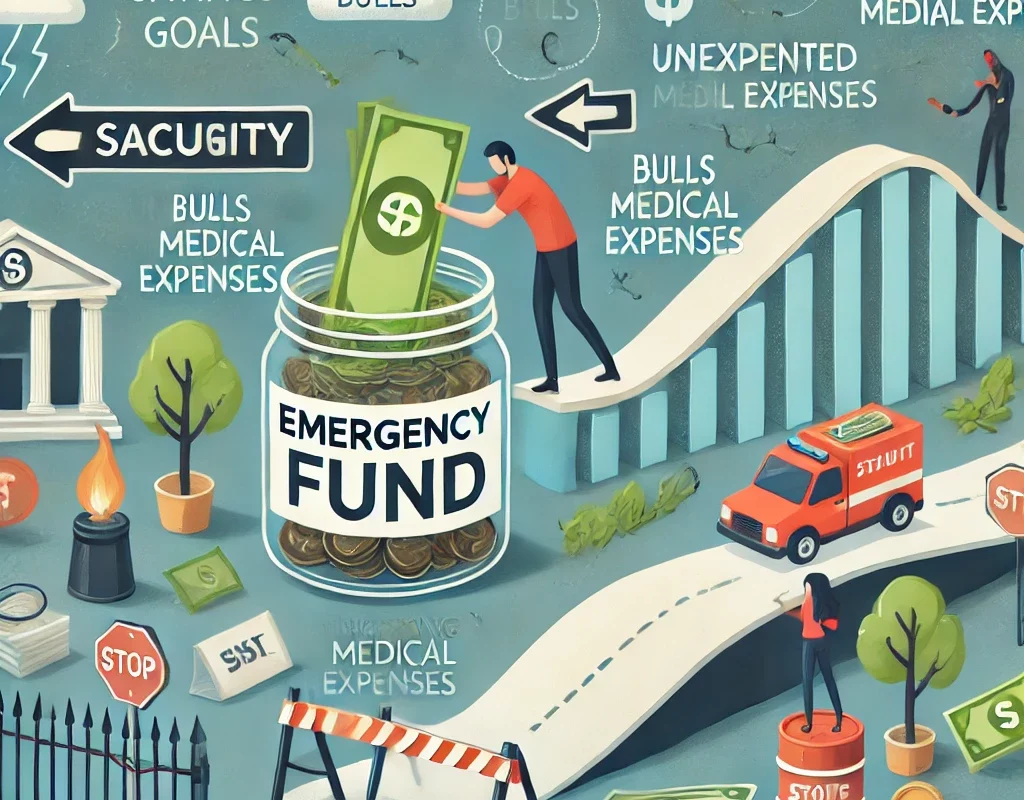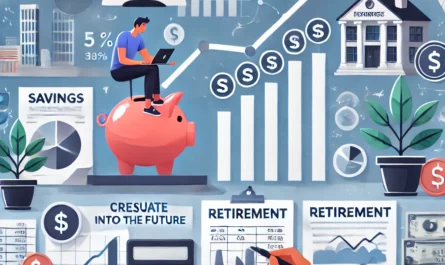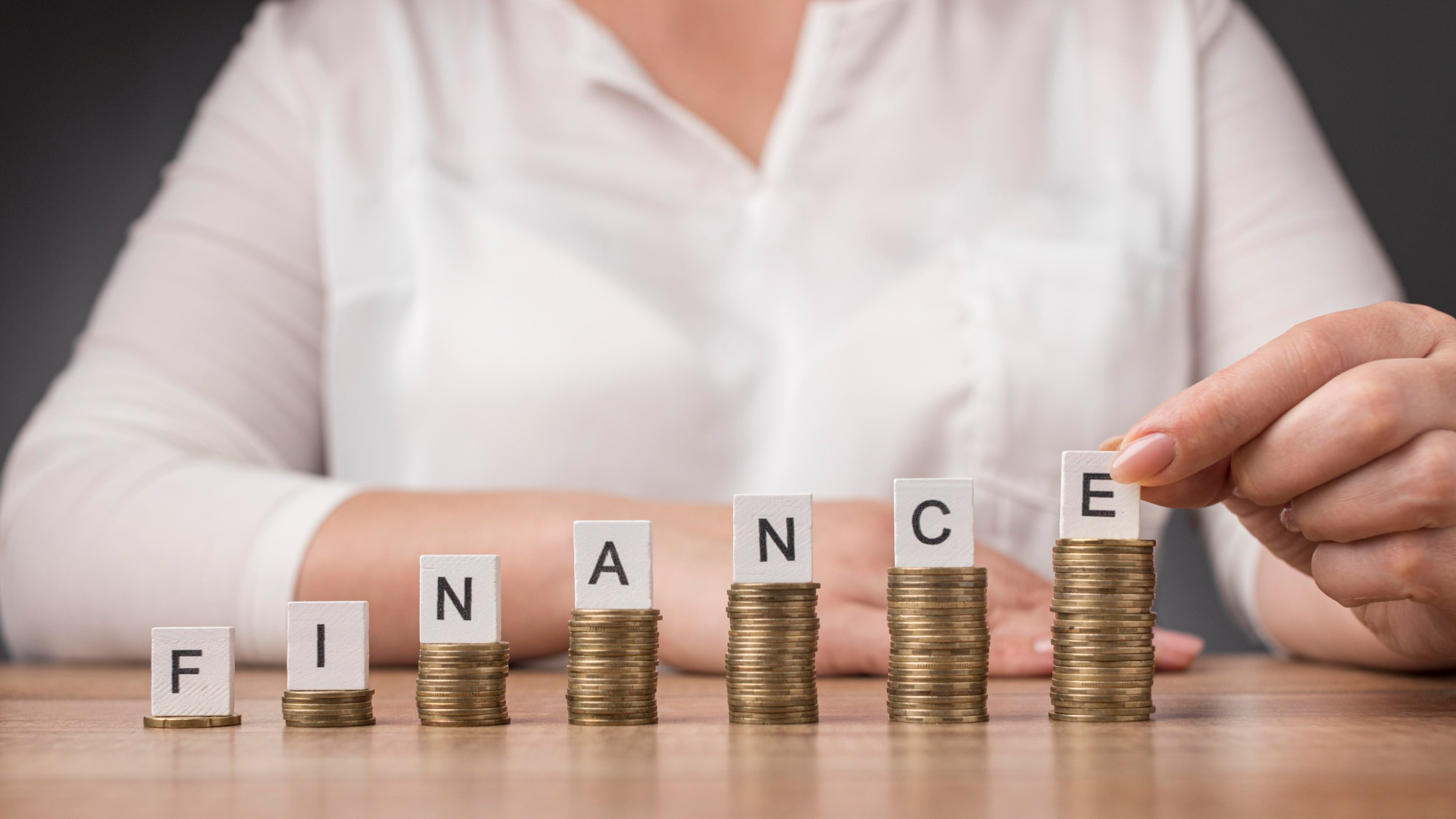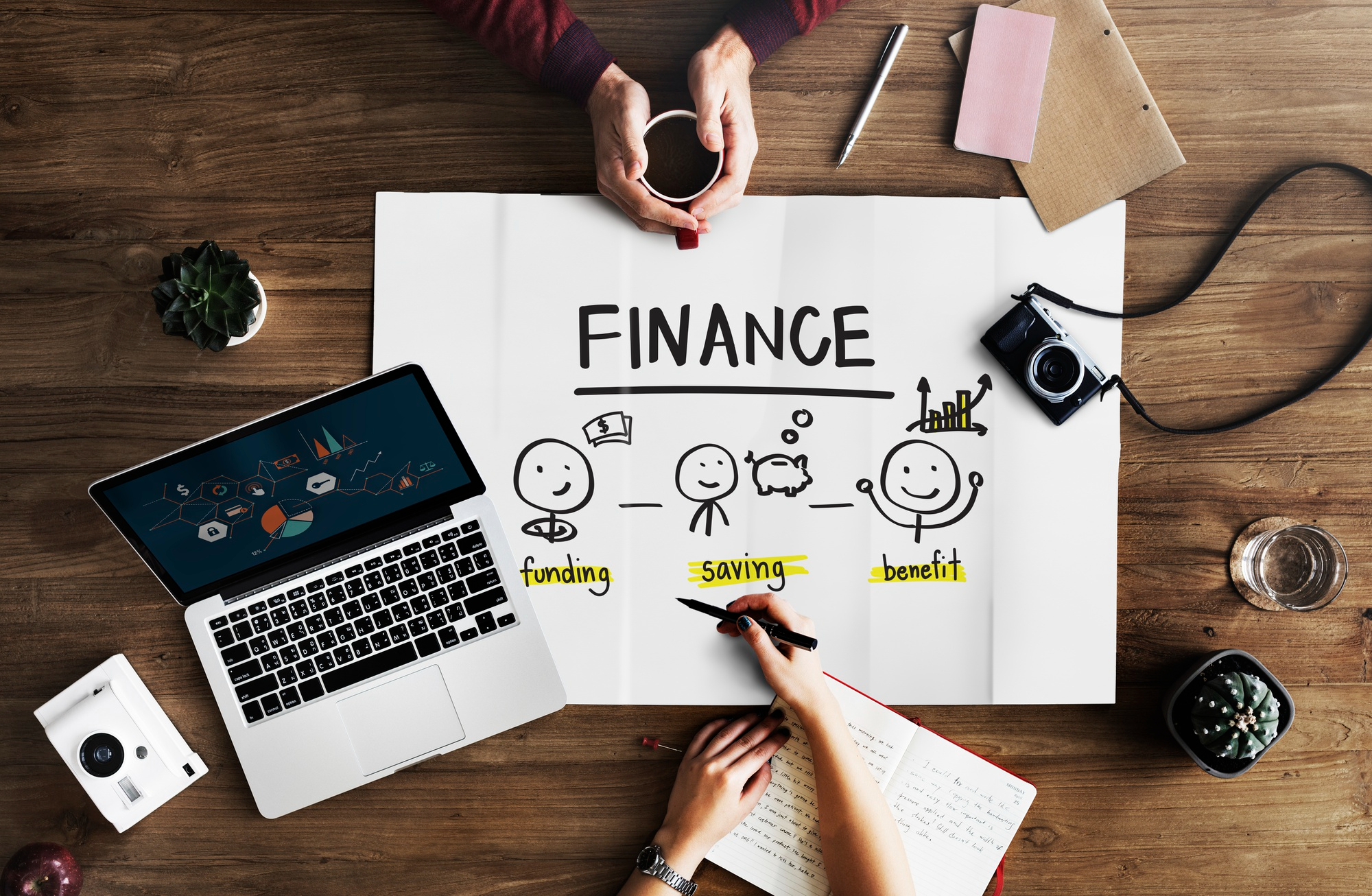An emergency fund is your financial safety net, providing you with the cushion to handle unexpected life events such as medical emergencies, car repairs, or sudden job loss. In this guide, we will walk you through actionable steps to build an emergency fund and secure your financial future.
What is an Emergency Fund?
An emergency fund is a savings account designated solely for unplanned expenses. This fund is essential because it allows you to manage life’s surprises without derailing your long-term financial goals. Whether it’s a medical bill or an urgent home repair, having a dedicated pool of money can provide financial peace of mind and help avoid debt accumulation.
The Importance of Emergency Fund Security
Financial security is not just about having money in the bank—it’s about having the confidence that you can face any unforeseen circumstance without sacrificing your financial stability. An emergency fund is a key component of financial security, allowing you to stay afloat during tough times while avoiding high-interest debt.
Steps to Build an Emergency Fund
Building an emergency fund takes time and planning. Here’s how you can get started:
Establish Emergency Fund Goals
Before you start saving, it’s important to define your financial goals. How much do you need in your emergency fund to feel secure? Typically, experts recommend saving three to six months’ worth of living expenses. Knowing your target amount will give you a clear savings goal.
Assess Your Current Emergency Fund Situation
Take a detailed look at your current income, expenses, and existing savings. If you have high-interest debt, consider balancing debt repayment with saving for your emergency fund. Understanding where you stand financially is the first step toward building your fund.
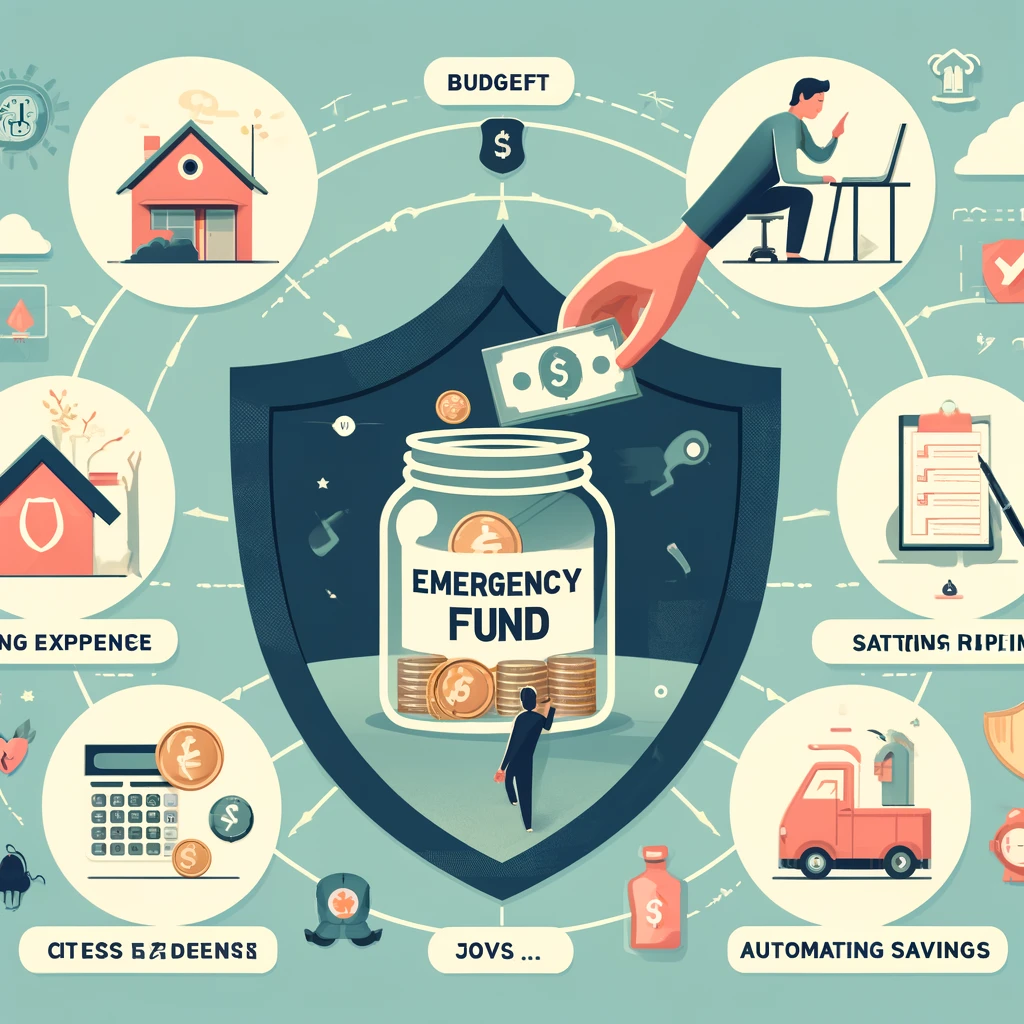
Setting a Savings Target for Emergency Fund
Your emergency fund should be sufficient to cover essentials like rent or mortgage, utilities, groceries, and any necessary insurance or loan payments. Begin by calculating your monthly expenses and multiplying by three to six to determine your savings goal.
Creating a Realistic Emergency Fund
Once you’ve set your savings target, create a budget that allocates a portion of your income towards your emergency fund. Look for areas where you can cut back—whether it’s eating out less, minimizing subscription services, or reducing discretionary spending. A detailed budget is crucial for setting aside consistent savings.
Prioritizing Your Savings
Emergency Fund vs. Debt Repayment
One of the biggest financial dilemmas people face is whether to pay off debt or save for an emergency fund. The best approach is a balanced one—set aside a portion of your income for debt repayment, but don’t ignore building your savings. In case of an emergency, your fund will prevent you from going further into debt.
Small Savings, Big Results
Remember, small steps lead to big results. Even setting aside $20 a week can build up to over $1,000 in a year. The key is consistency, not how much you save at one time. Every little bit helps in creating a financial buffer.
Building an Emergency Fund Fast
Side Hustles and Extra Income for Emergency Fund
One effective way to build your emergency fund quickly is by earning extra income. This could be through freelance work, a part-time job, or monetizing a hobby. Even dedicating a few hours a week to a side hustle can significantly boost your savings.
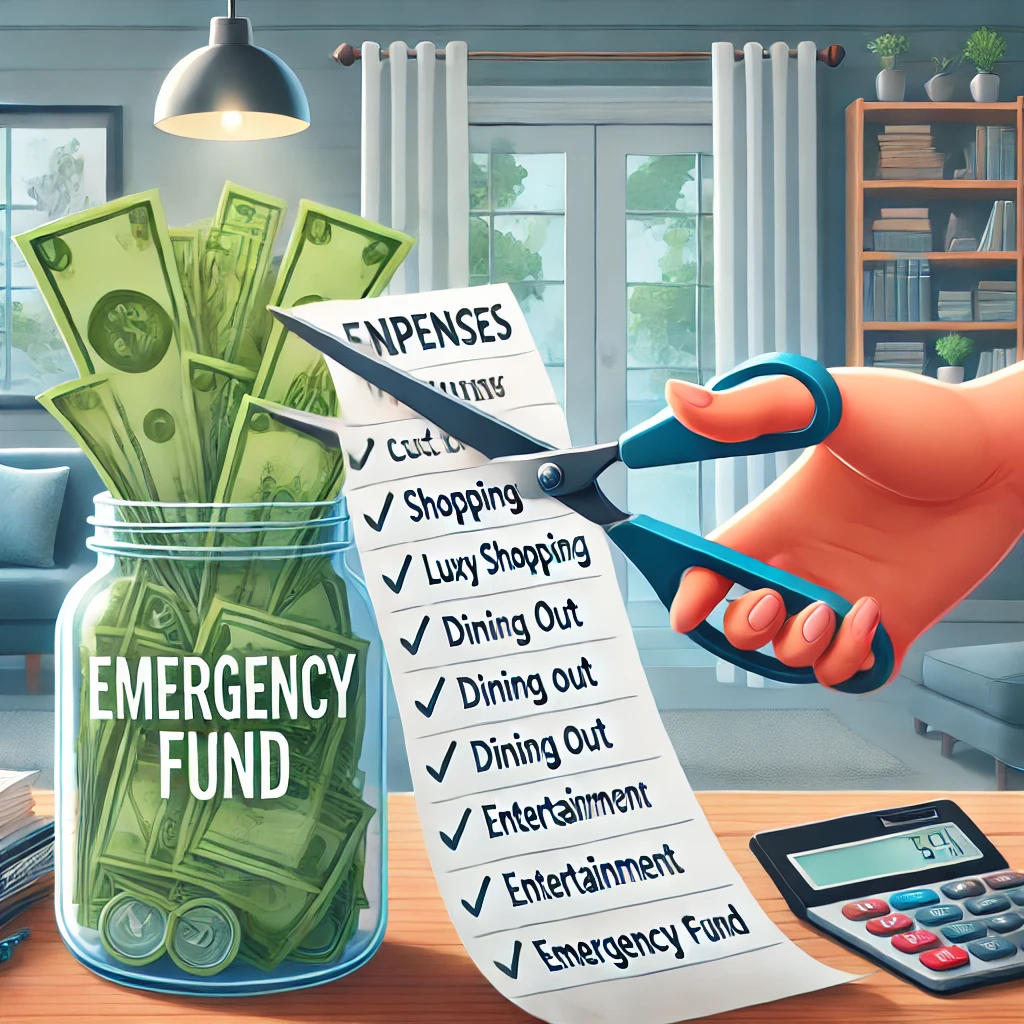
Cutting Unnecessary Expenses in Emergency Fund
Eliminate non-essential expenses, such as dining out frequently, luxury purchases, or unused subscription services. By tracking your spending, you can identify areas where you can cut back and redirect those funds into your emergency savings.
Selling Unused Assets
Consider selling items you no longer use or need, like old electronics, clothing, or furniture. Platforms like eBay, Craigslist, and Facebook Marketplace make it easy to turn unused items into cash.
Redirecting Bonuses and Tax Refunds
Whenever you receive a financial windfall—whether it’s a tax refund, work bonus, or gift—direct that money into your emergency fund. These extra funds can help you reach your savings goal faster without affecting your day-to-day budget.
Where to Keep Your Emergency Fund
Choosing the Right Account for Emergency Fund
Your emergency fund should be easily accessible but not so accessible that you’re tempted to spend it on non-emergencies. A high-yield savings account or a money market account is ideal because they offer better interest rates than a standard savings account while still providing liquidity.
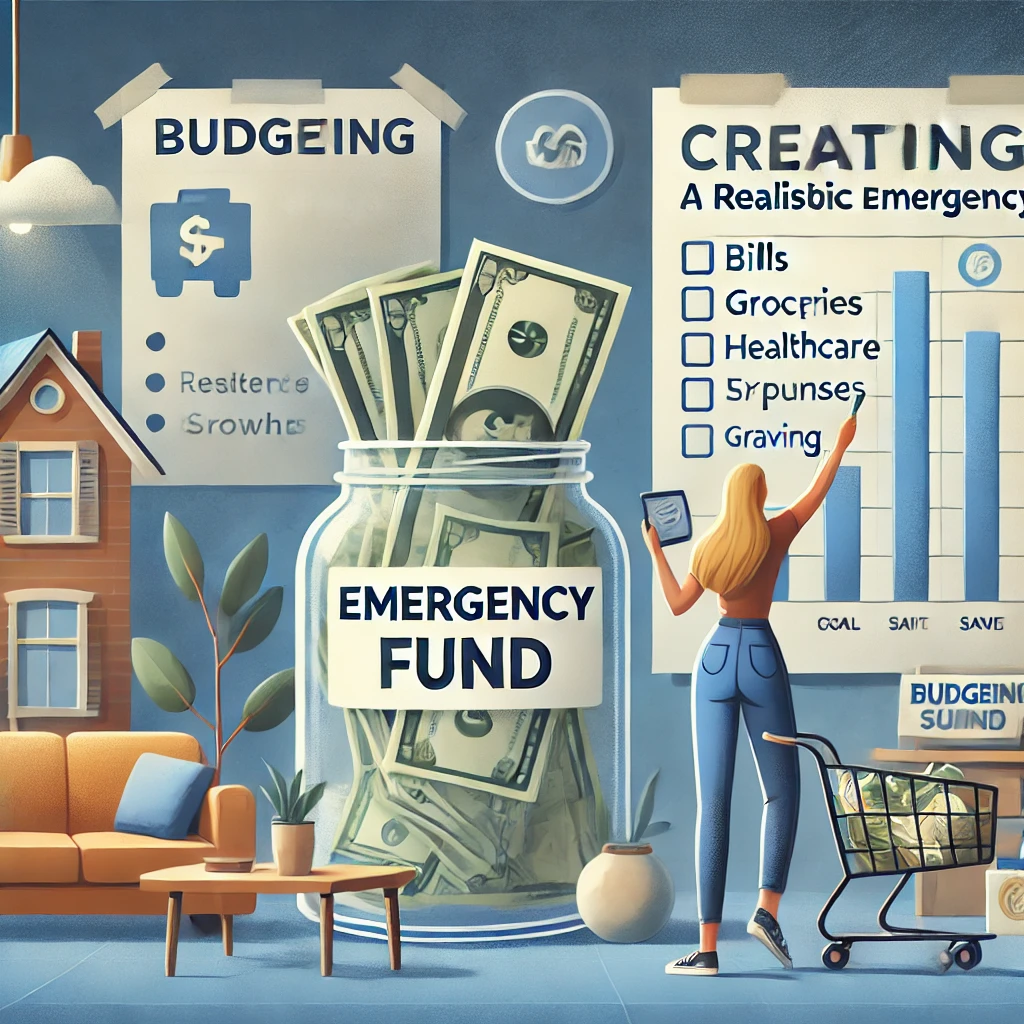
Savings Account vs. Money Market Account
A traditional savings account is the simplest option, but money market accounts often provide higher interest rates with similar accessibility. Compare both options to see which best fits your needs, and make sure the account is FDIC-insured for protection.
Pros and Cons of a High-Yield Savings Account
High-yield savings accounts can help your money grow faster thanks to higher interest rates. However, make sure to check the account’s terms, such as withdrawal limits and minimum balance requirements, to ensure it aligns with your financial needs.
How Much Should You Save for Emergency Fund?
3 to 6 Months of Living Expenses
The general rule of thumb is to save enough to cover three to six months of living expenses. This should include necessities like rent, utilities, groceries, and any loan payments. However, if your job is less secure or your income fluctuates, aim for the higher end of this range.
Calculating Your Ideal Emergency Fund Size
To calculate your emergency fund size, start by adding up your essential monthly expenses, then multiply that by the number of months you want to cover. For example, if your monthly expenses total $2,500, you should aim to save between $7,500 and $15,000.
Challenges in Building an Emergency Fund
Building an emergency fund can be challenging, especially if you’re living paycheck to paycheck. However, with careful planning and disciplined saving, it’s entirely achievable. Avoid these common pitfalls:
- Neglecting small savings opportunities
- Inconsistent saving habits
- Dipping into your fund for non-emergencies
Stay focused on your goal, and you’ll succeed.
When to Use Your Emergency Fund
Emergencies vs. Non-Emergencies
Your emergency fund should only be used for true emergencies, such as medical expenses, major car repairs, or job loss. It’s not for vacations, home upgrades, or non-essential shopping. Keep your fund intact by distinguishing between wants and needs.
You Can Also Read : How to Create a Strong Financial Plan for Long-Term Success
What Qualifies as an Emergency?
- Sudden unemployment
- Medical emergencies
- Critical home repairs (e.g., HVAC, plumbing issues)
- Essential car repairs
Use your emergency fund wisely to maintain financial security.
Rebuilding After Using Your Emergency Fund
Once you’ve dipped into your emergency fund, make a plan to replenish it as soon as possible. Treat it like any other financial obligation and set aside a portion of your income to rebuild your fund gradually.
